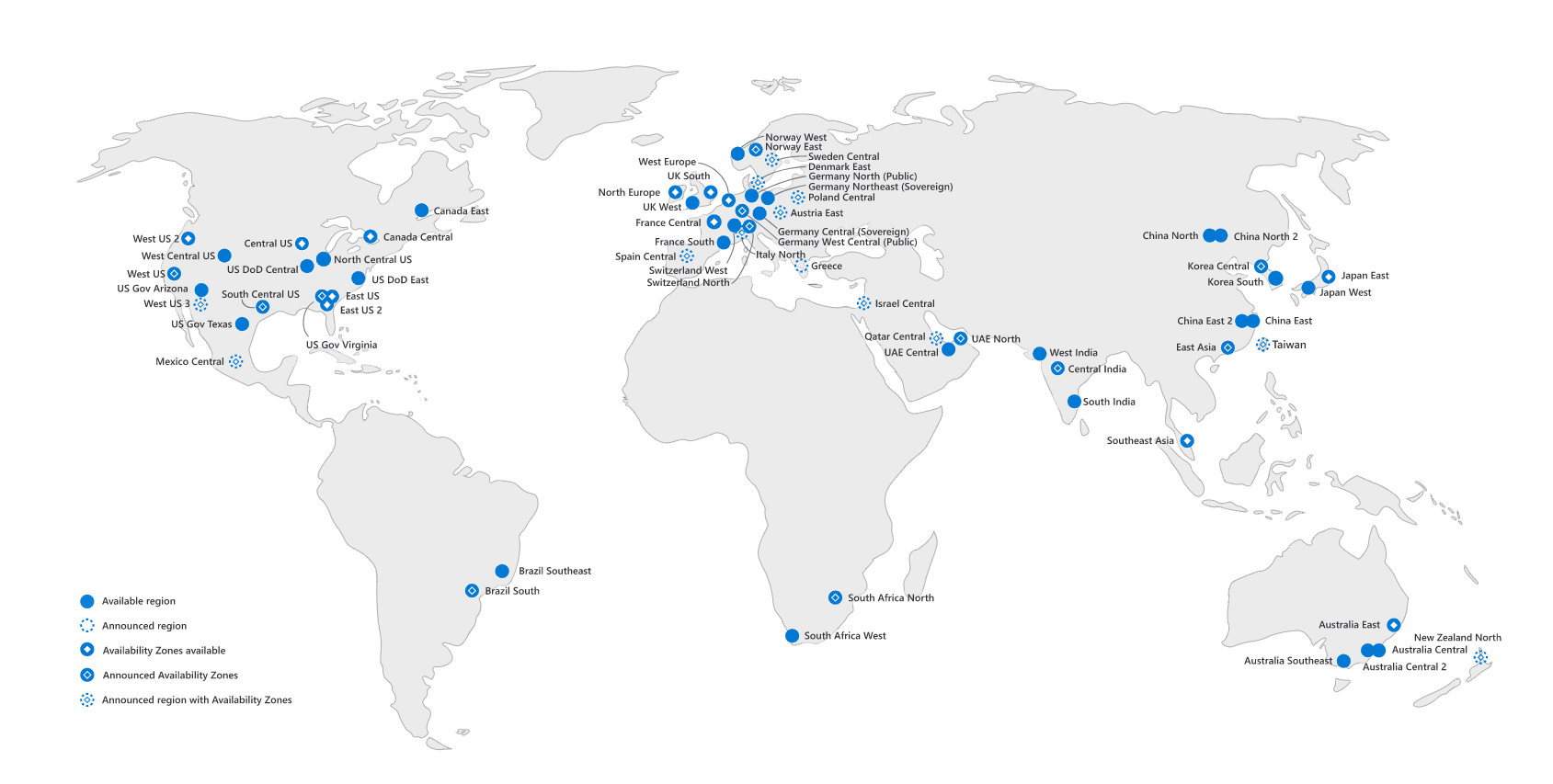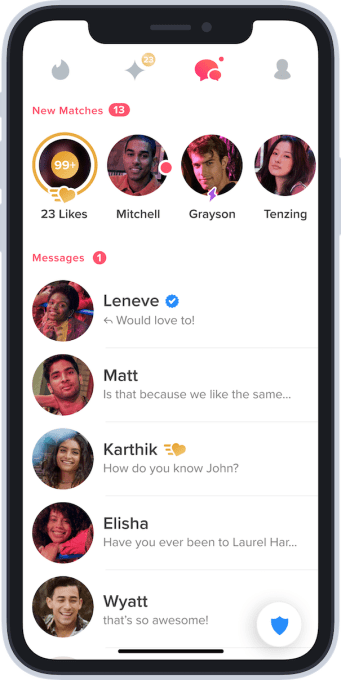News: Cloudflare is testing a Netlify competitor to host Jamstack sites
Cloudflare is working on a new product called Cloudflare Pages. The new product could compete directly with Netlify and Vercel, two cloud hosting companies that let you build and deploy sites using Jamstack frameworks. Popular Jamstack frameworks include Gatsby, Jekyll, Hugo, Vue.js, Next.js, etc. The new product was discovered on Saturday by reverse engineerJane Manchun
Cloudflare is working on a new product called Cloudflare Pages. The new product could compete directly with Netlify and Vercel, two cloud hosting companies that let you build and deploy sites using Jamstack frameworks. Popular Jamstack frameworks include Gatsby, Jekyll, Hugo, Vue.js, Next.js, etc.
The new product was discovered on Saturday by reverse engineerJane Manchun Wong, who found details by looking into Cloudflare’s code.
Cloudflare is working on Cloudflare Pages, a cloud platform for deploying and hosting JAMstack websites and more!
– supports Node during building the deployment
– integrates w/ GitHub for automatic deployment
– comes with *.sites.dev subdomain
– production & preview branch pic.twitter.com/jzSUTp89SI
— Jane Manchun Wong (@wongmjane) December 5, 2020
If you’re not familiar with Jamstack, it’s a popular way of developing and deploying websites at scale. It lets you take advantage of global edge networks with a focus on performance.
Let’s say you’re a very famous pop artist and you’re launching your new album on your website tomorrow. You expect to get a huge traffic spike and a ton of orders.
If you also happen to be a web developer, you could develop a Jamstack website to make sure that your website remains available and loads quickly. Instead of using a traditional content management system to host your content and deliver it to your users, a Jamstack framework lets you decouple the frontend from the backend.
You could write a few posts in your content management system and then deploy your website update. Your Jamstack application will prebuild static pages based on what you just wrote. Those pages will be cached on a global edge network and served in a few milliseconds across the world. It’s like photocopying a letter instead of writing a new copy every time somebody wants to read it.
But what if somebody wants to buy your new album on the buy page? On that page, there will be a checkout module, which is dynamic content that can’t be cached. You can leverage a payments API, such as Stripe, so that the user doesn’t load content from your server at all.
This is a simple example, but many companies have been going down this path. For static content, everything is prebuilt and cached. For dynamic content, companies build microservices that are loaded on demand and that can scale easily.
According to Jane Manchun Wong’s screenshots, Cloudflare Pages lets you deploy sites with a simple Git commit. It integrates directly with your GitHub repository if you’re hosting your source code on the platform.
You can configure a Node.js build command that will be executed every time you change something to your code. Once the build process is done, your website is accessible to your end users.
There will be a free tier for Cloudflare Pages, which lets you generate 500 builds per month. Above that quota, Cloudflare will most likely let you pay for more builds and more features.
By default, Cloudflare gives you a subdomain name to try out the service — your-website-name.pages.dev. Of course, you can configure your own domain name and combine Cloudflare Pages with other Cloudflare products.
You can already read Cloudflare Pages’ documentation, as spotted by Jane Manchun Wong. So it sounds like Cloudflare Pages could launch sooner rather than later.
I also came across Cloudflare Pages’s docs site, which includes guides on:
– deploying sites built with Gatsby, Hugo, Jekyll, React & Vue
– deploying API & Headless CMS on Cloudflare Pages
– migrating from Firebase, Vercel, Netlify & Worker Siteshttps://t.co/ZbjiWF5aPb pic.twitter.com/SdTUbPQJeG
— Jane Manchun Wong (@wongmjane) December 5, 2020






